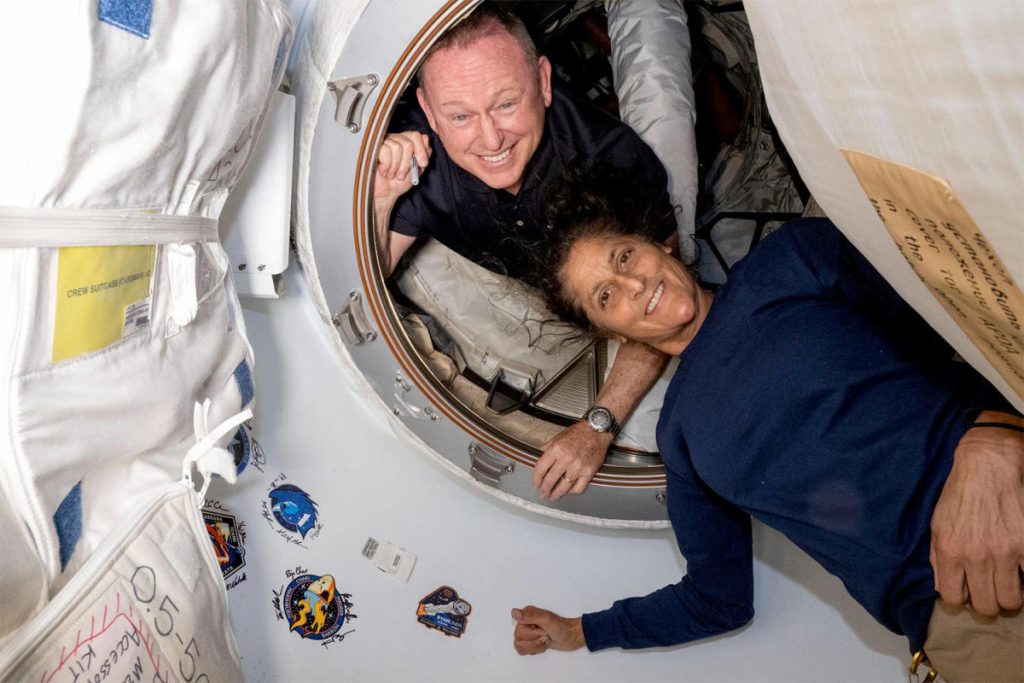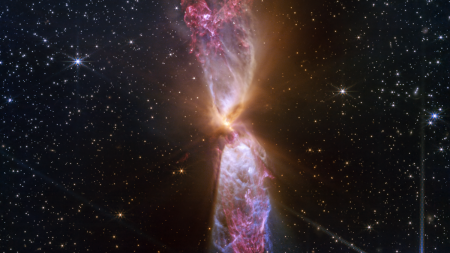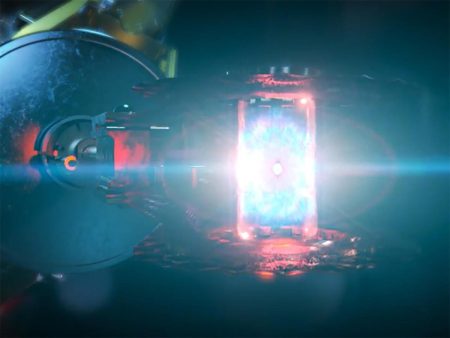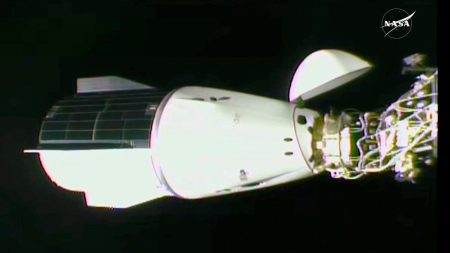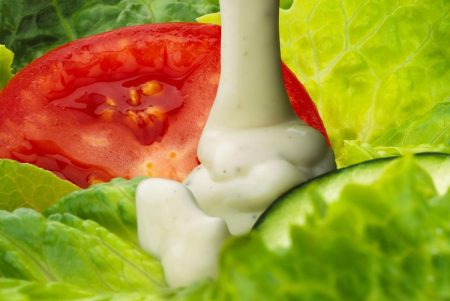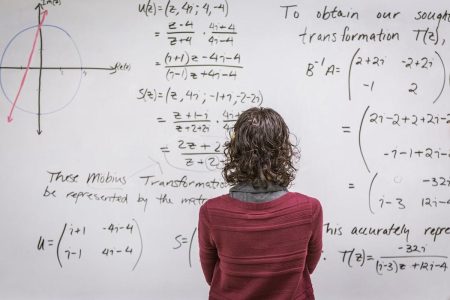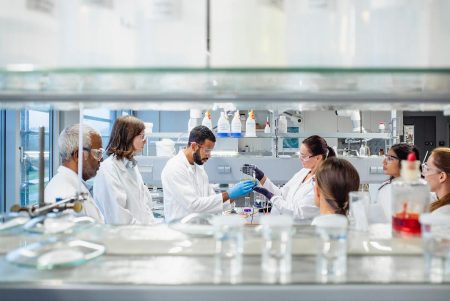Astronauts Sunita Williams and Barry "Butch" Wilmore Speak Out on Extended Space Mission
Setting the Record Straight: No Feeling of Abandonment in Space
Contrary to a recent social media post by former President Donald Trump, astronauts Sunita Williams and Barry "Butch" Wilmore have made it clear that they do not feel "virtually abandoned" in space. The two astronauts, who have been aboard the International Space Station (ISS) for an extended period, emphasized that they are well-supported and continue to play a crucial role in the scientific mission of the ISS. In an interview with CBS Evening News co-anchor John Dickerson, Williams stated, "I don’t think I’m abandoned. I don’t think we’re stuck up here. We’ve got food. We’ve got clothes. We have a ride home in case anything really bad does happen to the International Space Station."
Williams and Wilmore were originally part of a short test mission aboard Boeing’s Starliner spacecraft, which was intended to last just over a week. However, due to technical issues with the Starliner, their stay on the ISS has been extended to nearly nine months. Despite the unexpected extension, both astronauts expressed their commitment to the mission and their gratitude for the opportunity to contribute to the groundbreaking science being conducted on the ISS.
Why the Mission Was Extended for Months
The extension of Williams and Wilmore’s mission is directly tied to the challenges faced by Boeing’s Starliner spacecraft. Shortly after its launch on June 5, 2023, the Starliner encountered propulsion problems and helium leaks, which required extensive testing and analysis. NASA ultimately decided that the risks associated with returning the crew to Earth aboard the Starliner were too high. Instead, the agency chose to bring the spacecraft back to Earth uncrewed and keep Williams and Wilmore on the ISS until a safe return option became available.
Initially, NASA planned to bring the astronauts home in February 2024, but further delays arose due to the time needed to prepare the Crew Dragon spacecraft for the next crew rotation. The agency has now set a tentative return date of March 19, 2024, for Williams, Wilmore, and their ISS crewmates, Nick Hague and Alexander Gorbunov. This plan hinges on switching the next group of astronauts, known as Crew 10, to a different Crew Dragon spacecraft, which can be ready for launch earlier.
Williams and Wilmore’s extended stay on the ISS has been a testament to the complexities and uncertainties inherent in space exploration. Despite the challenges, both astronauts have maintained a positive outlook and continued to fulfill their roles as integral members of the ISS team.
President Trump’s Comments Spark Controversy
The situation took a political turn when former President Donald Trump criticized the Biden administration for allegedly abandoning the astronauts in space. In a social media post, Trump claimed that he had asked SpaceX founder Elon Musk to "go get" the two astronauts, implying that the Biden administration had failed to address their situation. Musk echoed Trump’s sentiments, stating that SpaceX would work to bring the astronauts home as soon as possible and criticized the Biden administration for leaving them in space for so long.
However, NASA officials and the astronauts themselves have pushed back against these claims. Williams made it clear during her interview that she and Wilmore do not feel abandoned, pointing out that their ride home has been docked at the ISS for months. The Crew Dragon spacecraft that carried Hague and Gorbunov to the ISS last September has been reserved for their return, with two empty seats specifically for Williams and Wilmore.
NASA’s Next Steps in Bringing the Astronauts Home
NASA is finalizing plans to bring Williams, Wilmore, Hague, and Gorbunov back to Earth on March 19, 2024. This plan involves a handover period during which the outgoing crew will assist the incoming Crew 10 astronauts in getting up to speed on the operations of the ISS. After this transition, the Crew Dragon spacecraft will undock from the ISS and begin its journey back to Earth.
The decision to switch Crew 10 to a different spacecraft is aimed at minimizing further delays. The original Crew Dragon assigned to Crew 10 is still undergoing preparations, and switching to another spacecraft that is ready sooner will allow NASA to bring the current crew home without extending their mission further. The agency is working closely with its commercial partners, including SpaceX, to ensure a smooth and safe return for all astronauts on board.
The Bigger Picture: Teamwork and Commitment to Space Exploration
Williams and Wilmore’s extended mission highlights the collaborative nature of space exploration and the importance of teamwork in overcoming challenges. Both astronauts have emphasized that they are not just individuals but part of a larger team that includes NASA, its commercial partners, and international collaborators. "We’re part of something bigger than ourselves," Williams said. "We have obligations to our international partners to do science and exploration while we’re up here."
The ISS, often described as a symbol of global cooperation, continues to play a vital role in advancing scientific knowledge and pushing the boundaries of what humanity can achieve in space. Williams and Wilmore’s dedication to their mission, despite the unexpected challenges, reflects the spirit of perseverance and commitment that defines space exploration.
Conclusion: A Successful Mission Despite the Odds
Sunita Williams and Barry "Butch" Wilmore’s time on the ISS may have been longer than anticipated, but it has been anything but uneventful. From conducting critical scientific research to adapting to the unexpected challenges of their mission, the astronauts have shown remarkable resilience and professionalism. As NASA works to bring them home safely, their story serves as a reminder of the complexities and triumphs of space exploration.
Contrary to claims of abandonment, Williams, Wilmore, and their crewmates have been supported every step of the way by NASA and its partners. Their journey is a testament to the power of teamwork, innovation, and the unrelenting human spirit that drives us to explore the unknown.


